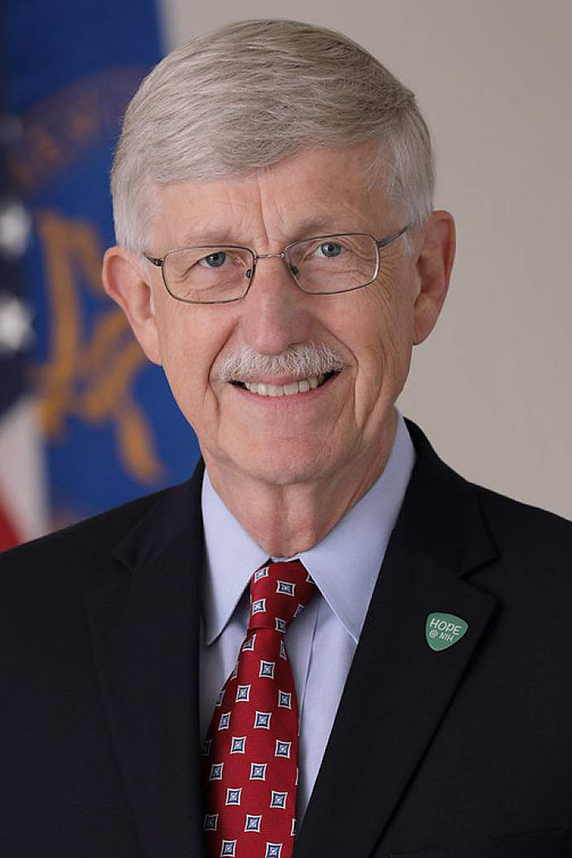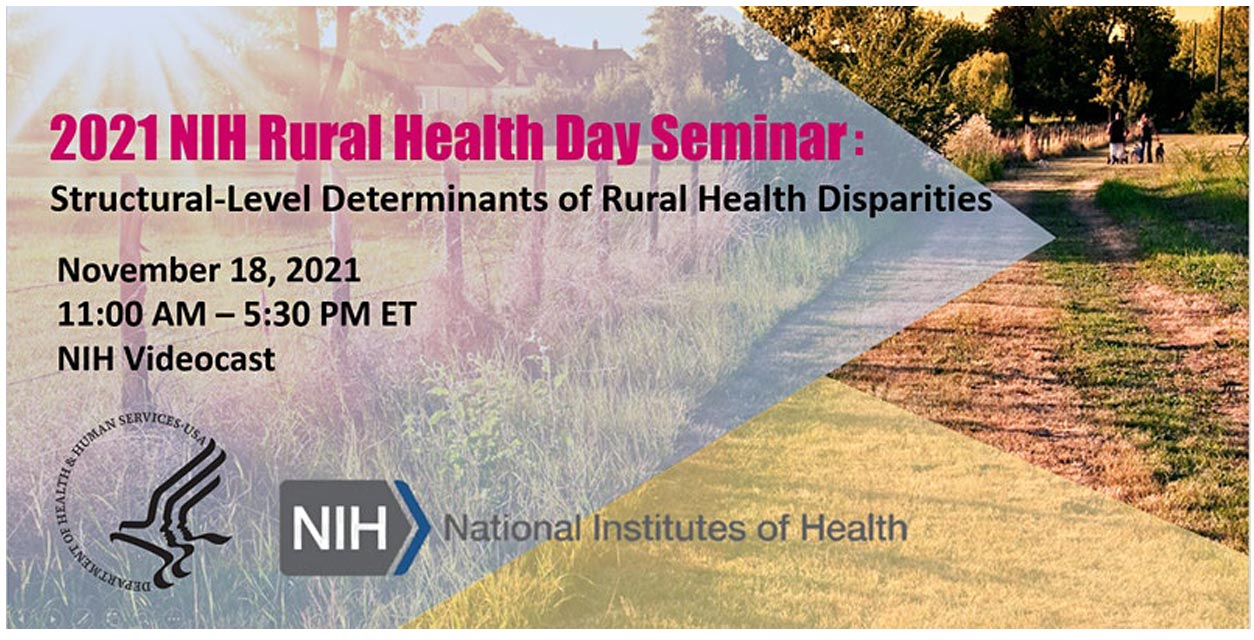 Collins said he was particularly delighted to see a full session of the seminar devoted to training early-stage investigators. (Photo courtesy of NIH)
Collins said he was particularly delighted to see a full session of the seminar devoted to training early-stage investigators. (Photo courtesy of NIH)Compared to city dwellers, people living in rural America are more likely to die from heart disease, cancer, injury, respiratory disease, and stroke — the top five preventable causes of death. At the Nov. 18 National Institutes of Health (NIH) Rural Health Seminar, researchers discussed the need for interventions that tackle structural issues driving such disparities.
“Studying disparities at the level of their structural determinants is indispensable if we hope to see the challenges that they pose more clearly and envision ways to address them more effectively, so that we can all move forward along a healthier and more equitable path,” said NIH Director Francis Collins, M.D., Ph.D.
The day-long seminar, co-sponsored by NIEHS, featured more than two dozen speakers who presented their work exploring how sociocultural, economic, physical, and environmental factors affect rural health.
Rural living’s cost
Approximately 20% of the U.S. population — about 60 million people — live in rural areas. These communities typically have fewer transportation options, limited broadband access, and less access to health care. Though many people think of rural America as being white, a significant number of residents are people of color.
“I think we all recognize that upstream factors like structural racism and discriminatory policies, laws, and practices have led to a disproportionate burden caused by the physical environmental exposures across rural America,” said NIEHS and National Toxicology Program Director Rick Woychik, Ph.D. As a result, tribal communities, agricultural workers, and other racial, ethnic, and disadvantaged populations are particularly vulnerable to the challenges of rural living.
 Woychik noted that climate change is one of the most pressing environmental health issues facing humanity and has a major impact on rural areas, where it causes drought, fires, and extreme heat. (Photo courtesy of Steve McCaw / NIEHS)
Woychik noted that climate change is one of the most pressing environmental health issues facing humanity and has a major impact on rural areas, where it causes drought, fires, and extreme heat. (Photo courtesy of Steve McCaw / NIEHS)For example, Woychik described how abandoned uranium mines on Navajo Nation have contaminated the drinking water with high levels of uranium and arsenic. NIEHS grantee Jani Ingram, Ph.D.(https://www.niehs.nih.gov/research/supported/translational/peph/grantee-highlights/2017/#a809867), from Northern Arizona University, said that creates a big burden for the Navajo people, who must haul clean water. The typical cost to do so in urban areas is $600 per acre-foot of water. However, because the reservations are so remote, Navajo individuals pay about 71 times that amount, or $43,000 per-acre foot of water.
Building trust
Access to safe drinking water is not universal across the United States, said institute grantee Paloma Beamer, Ph.D.(https://www.niehs.nih.gov/research/supported/translational/peph/grantee-highlights/2018/#a837243), from the University of Arizona. She has led multiple studies investigating exposure to environmental contaminants in minority and rural populations.
Beamer explained that for any research in rural communities to be successful, scientists first need to build trust with the residents. For example, her team engaged the people of Humboldt, Arizona, home to the Iron King Mine and Humboldt Smelter Superfund site, through a variety of strategies, including but not limited to the following.
- Community informational meetings.
- Partnerships with relevant state and federal agencies.
- Communication through festivals, newsletters, mass mailing, postcards, and so forth.
 The seminar focused on rural health disparities through the lens of their structural-level determinants, a lens that Collins says has not been used sufficiently in the past. (Image courtesy of NIH)
The seminar focused on rural health disparities through the lens of their structural-level determinants, a lens that Collins says has not been used sufficiently in the past. (Image courtesy of NIH)Environmental justice
NIEHS grantee Jonathan London, Ph.D., from the University of California, Davis, described a few tangible ways that rural health research and researchers could address disparities. He suggested supporting rural social movements, community organizing, and advocacy.
London also recommended building pathways for diverse rural health scientists, such as engaging young people in primary and secondary school in research involving environmental justice and health equity.
(Marla Broadfoot, Ph.D., is a contract writer for the NIEHS Office of Communications and Public Liaison.)









